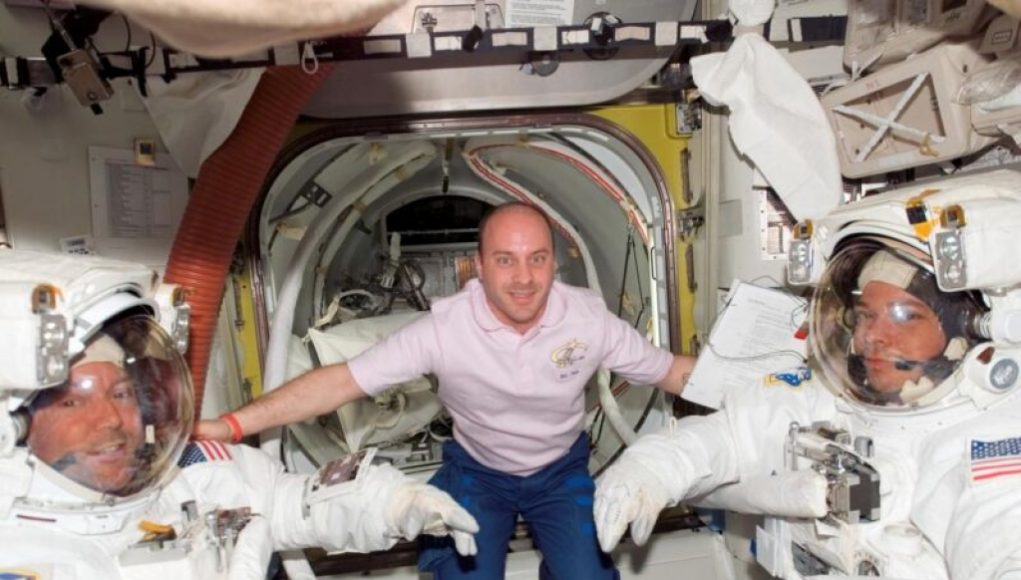Over 15 years ago, astronaut Garrett Reisman embarked on a mission aboard Space Shuttle Endeavour. While the shuttle eventually left the Space Station, Reisman remained behind for an extended stay. During his time there, he often passed through the Harmony module, where he would see a sign that read “To CAM.” However, the arrow pointed out into space, indicating a closed hatch. This sight taunted Reisman, as he believed the Centrifuge Accommodations Module (CAM) could have led to groundbreaking scientific discoveries.
The CAM, originally built by the Japanese space agency, was designed for artificial gravity experiments. However, NASA canceled its development and launch in 2005 due to budgetary concerns. This was a significant loss for Reisman, who had experienced firsthand the toll that microgravity took on his body and the bodies of his fellow astronauts during his time in space.
Microgravity has been found to cause bone loss, muscle mass reduction, and vision problems among astronauts. Reisman also highlighted a concerning case of a blood clot in a NASA astronaut’s jugular vein, which led to venous thrombosis and life-threatening conditions. These issues have raised concerns about the implications for long-duration travel to Mars.
Reisman believes that artificial gravity space stations could provide solutions to these problems. In 2011, he joined SpaceX, where he contributed to the development and testing of the Crew Dragon spacecraft. Dragon has become NASA’s primary means of transportation to and from the International Space Station. Reisman has now joined Vast Space, a company planning to launch the Haven-1 space station in 2025. Vast aims to study artificial gravity’s effects on long-term human spaceflight, and Reisman’s expertise will be invaluable in this endeavor.
Vast is the first credible organization working towards artificial gravity space stations, filling the gap between one g and zero g environments. This research will help determine if human health problems in space are linear or exponential and if a small amount of gravity can alleviate these issues. Additionally, having a modest amount of gravity would offer practical benefits, such as being able to pour a cup of coffee.
Recently, former NASA Astronaut Dr. Don Thomas held a virtual discussion to emphasize the significance of investigating Artificial Gravity (AG).
Dr. Thomas began the discussion by responding to a question regarding the importance of researching AG for long-term space exploration. Drawing on his significant experience in spaceflight, he explained why AG could be a game-changer for the future of space exploration.
The primary benefit AG research has to offer is its potential to reduce health risks posed by extended periods of weightlessness in space. Dr. Thomas described how AG could potentially reconstruct the limitations encountered by crew on extended missions, and even pointed out that it could be valuable during the journey to Mars.
Furthermore, Dr. Thomas discussed the challenges associated with the feasibility of AG, including the fact that a new propulsion system would need to be developed to generate sufficient thrust to generate the forces necessary for AG. He emphasized the need for further research and experimentation to address these issues before AG can become a reality.
Dr. Thomas concluded the discussion by emphasising that AG systems that are easier to maintain and more cost effective to operate than equivalent propulsion systems could open up new doors for the exploration of space. He expressed confidence in the ongoing research efforts of NASA and other organizations worldwide in developing AG.
Dr. Thomas’s remarks serve to emphasize the importance of AG research as we look to the future of space exploration. With the potential to reduce the health risks of extended periods of weightlessness and even increase overall mission efficiency, AG could be a major step forward for long-term space exploration. We look forward to continued research into this field.




















